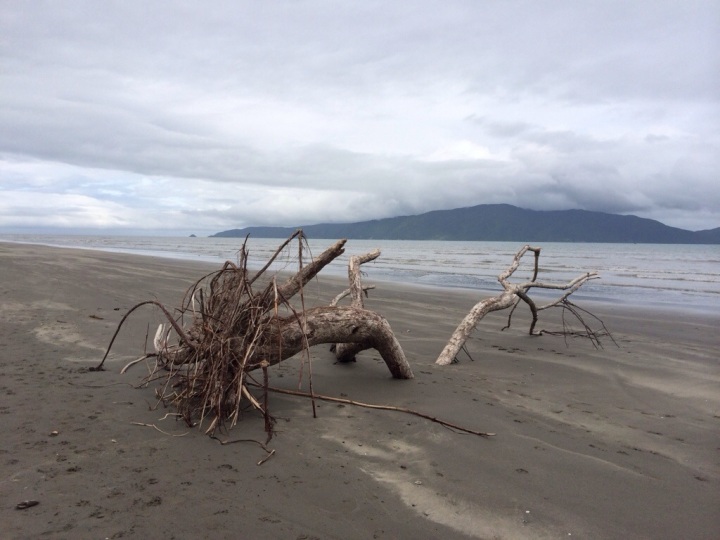
The sun hasn’t shone much on my holiday but two magazine articles shone a bit bit more light on raw milk and the on-going debate about bacteria.
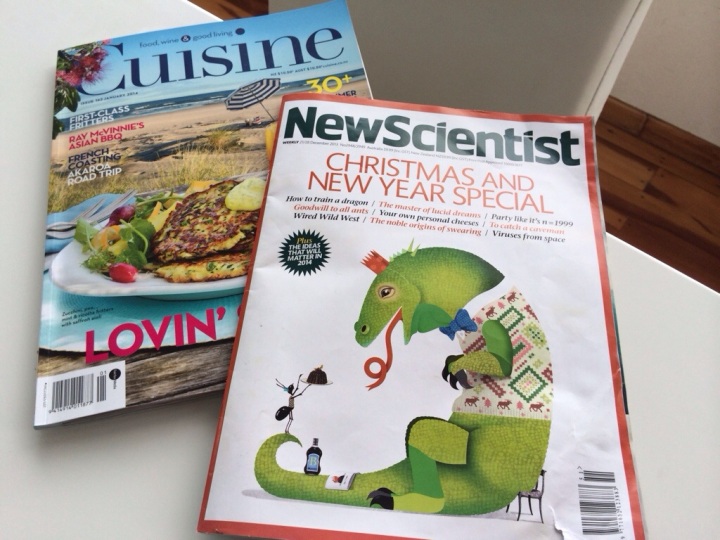
The first was an article by Richard Fisher in the Christmas edition of the New Scientist in which he tells the story of two scientists making cheese from bacteria found on their bodies – from toes, armpits, and nose swabs. How could I not read on?
Christina Agapakis, Self-made
New Scientist magazine
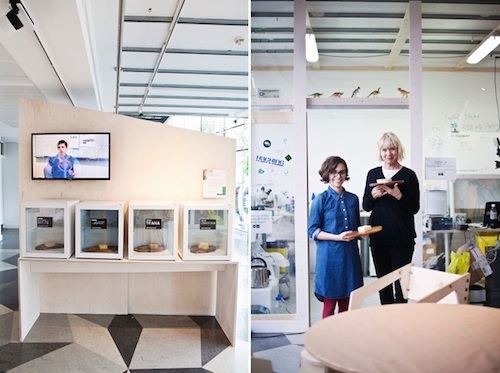
Two scientists, Christina Agapakis and Sissel Tolaas, were looking at the chemical components in body odour and decided to experiment using them to make cheese as body bacteria was so close to those used in cheese-making.
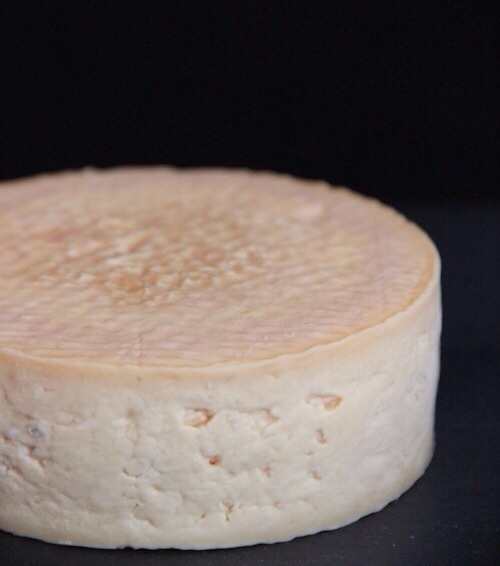
They’re using their somewhat unappetising-sounding cheeses to highlight the benefits of microbes and bacteria in industry and the beneficial role they play in regulating our hormones, even in promoting happiness. The pair want to caution against popular culture’s obsession, at least in advertising, with the cleanliness promised by antibacterial soaps and cleaners.
Synthetic Aesthetics
I was intrigued to hear Agapakis tell of Noella Marcellino at the Abbey of Regina Laudis in Connecticut who proved to the FDA that cheese from steel vats were more prone to e-coli contamination than that made in the bacteria-ridden wooden barrel she had used for years. Go the Nuns! Especially cheese making ones.
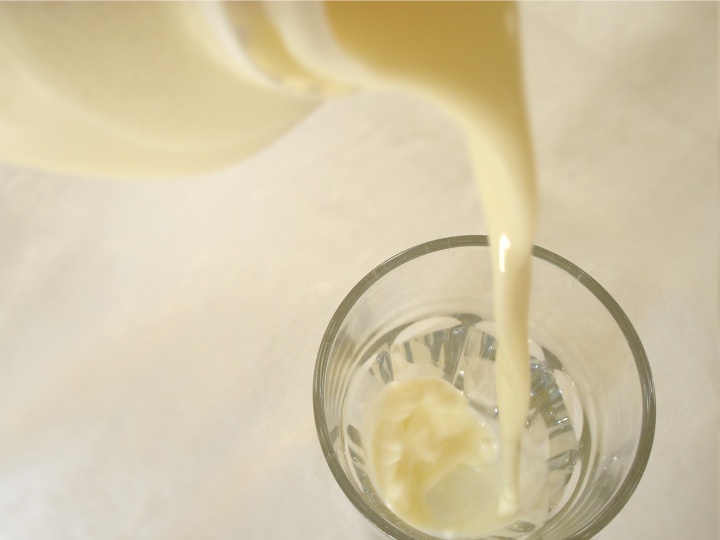
The other article I read whilst sheltering from the summer showers was one by David Burton in Cuisine about Mark Houston from Village Milk in the South Island. They sell raw milk direct from farms via Italian-made vending machines.
Village Milk
Cuisine magazine
I wrote about raw milk a while ago and I was interested to read in Burton’s article about the artisan precesses used by Village Milk.
Raw milk sales in New Zealand
This isn’t big-dairy with pasteurisation used to clean up dirty milk. These are small herds, just 27 cows in Mark Houston’s, small enough to wash cow’s teats thoroughly, a practice he says is largely ignored by industrial-scale dairy farmers. Milk is also checked at the time of milking, then each days milk is tested in the vending machine itself. Weekly samples are sent off to the Cawthron Institute for testing, with tests coming back remarkably clean.
Well, cheesey friends, the sun has returned so to outside, and whilst I am intrigued by Agapakis’ work I’m going to stick with cultures from packets in cheese making. These two articles did me thinking about raw milk and cheese again. I love the idea of the vending machines, has anyone used one?

We have been to Mark Houston’s dairy in Takaka (Village Milk) – it’s beautifully clean and certainly inspires confidence to buy their milk. Quite easy to use but at $2.50 a litre, quite expensive. (I guess it depends on your values too, whether you feel that it’s worth it for the raw valiue). There are several now in Nelson, not all Village Milk. We buy our cheese-making milk direct from a farm, and you are right, they don’t wash the teats first. Our single milking cow only produces enough milk for us and my milk-loving mother to drink and we are careful to clean and dry the teats and udder first before hand milking
Nelson sounds like a raw milk Mecca. Do you think you can be a bit more liberal with milk for cheese-making?